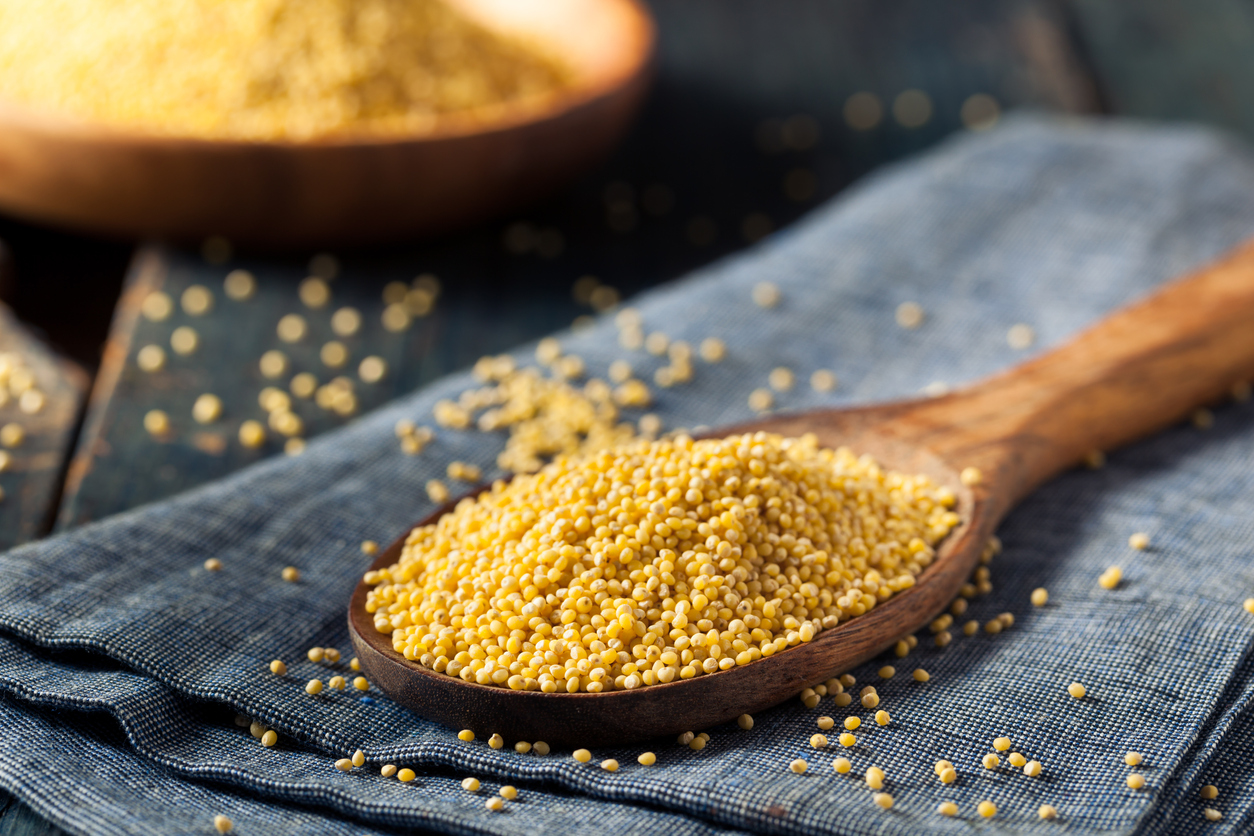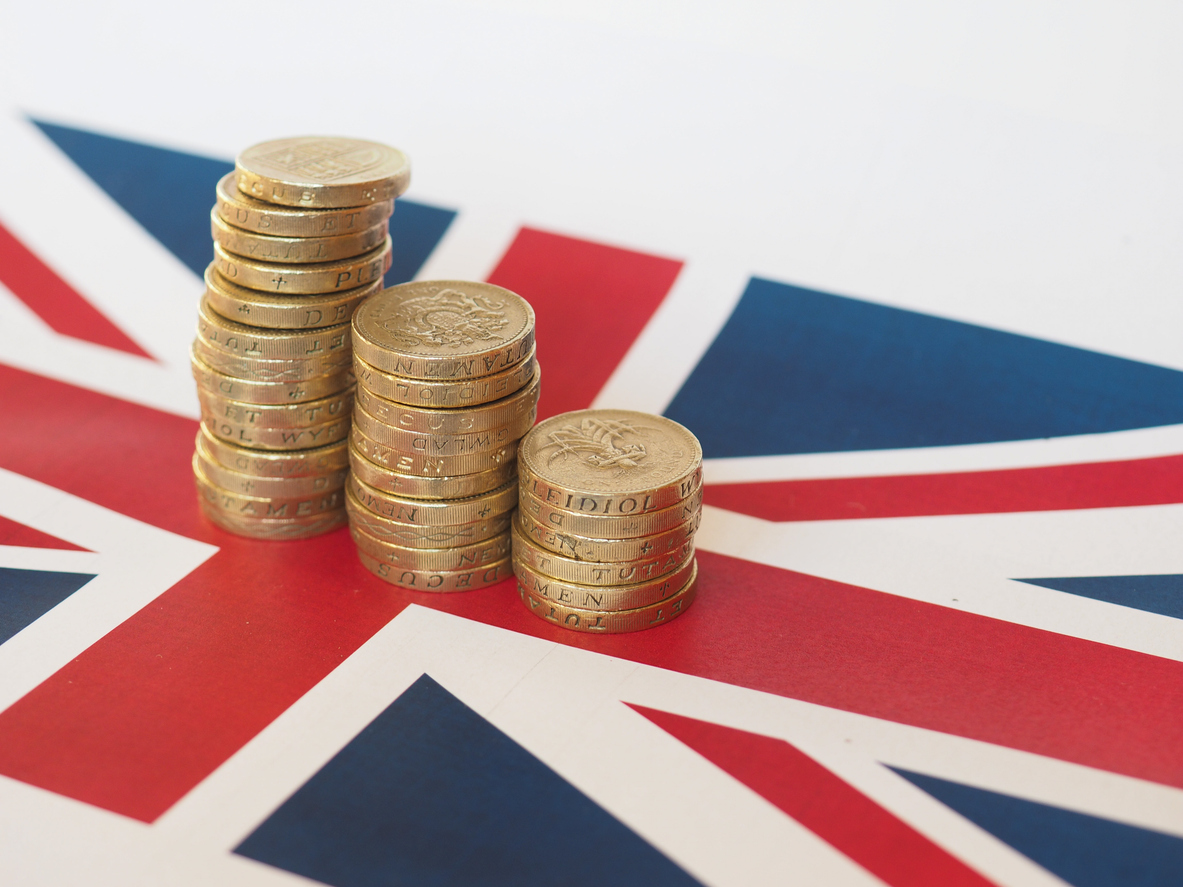The Benefits Of Millet: Top 5 Reasons To Start Eating It
The Benefits Of Millet: Top 5 Reasons To Start Eating It
Millet is a small, round grain that has been cultivated for thousands of years. It’s a staple food in many parts of the world, but it’s often overlooked in the West. Millet is a nutritious grain that can be used in a variety of dishes. It’s a good source of fiber and protein, and it’s gluten-free. Millet is also easy to cook and can be used as a substitute for rice or other grains. In this article, we’ll explore the benefits of millet and give you some ideas on how to start incorporating it into your diet.
What is millet?
Millet is a small, round grain that is cultivated in many parts of the world. It’s the fifth-most produced cereal grain in the world, and is extremely easy to grow in conditions with low water availability. Millet is a staple food in many Asian and African countries, where more than half of the millet produced goes towards human consumption. It’s also commonly used in livestock feed. Millet is often confused with other small grains such as sorghum, amaranth and quinoa. Although they are all nutritious, millet has a uniquely mild, slightly sweet taste and can be used in many different dishes.
The nutritional benefits of millet
Millet is a good source of fiber – One cup of cooked millet contains 12% of your daily recommended amount of fiber. Fiber is important for gut health and is linked to a reduced risk of heart disease and certain cancers. Millet is gluten-free – The majority of millet is gluten-free, making it suitable for those with a gluten intolerance or Celiac disease. Gluten-free diets are becoming increasingly common, and the majority of people can benefit by replacing wheat with millet in their diets. Millet is rich in B vitamins – Millet is rich in B vitamins, especially niacin (B3) and riboflavin (B2). B vitamins are essential for energy release and important for overall health. Millet is also a source of iron, potassium, and magnesium.
Millet is easy to cook
One of the best reasons to start incorporating millet into your diet is because it’s easy to cook. Compared to other grains, it has a shorter cooking time and lower water content, so it’s a great choice for busy people who want to eat healthily but don’t have much time to cook. Millet can be used to make porridge, salads, and even desserts. It’s especially good for those who are gluten-intolerant as it can be used in a variety of recipes in place of wheat. One of the most popular ways to eat millet is in the form of a millet pancake. These are easy to make at home and are a great source of fiber and B vitamins.
Ways to incorporate millet into your diet
– Millet porridge – Millet porridge is one of the easiest and tastiest ways to start incorporating millet into your diet. It’s easy to make at home, and it’s a great way to start your day with a nutritious and filling meal. – Millet salad – A simple salad with millet is another great way to add millet to your diet. You can add a variety of vegetables and seasonings to create a meal that’s both nutritious and delicious. – Millet bread or muffins – If you miss having bread or baked goods, you can replace wheat flour with millet flour in many recipes. – Millet risotto – Millet makes a great risotto that’s high in fiber and B vitamins. – Millet stir-fry – A simple stir-fry is one of the easiest and tastiest ways to add millet to your diet. You can use a variety of vegetables, seasonings, and protein, making it a great dish to suit any taste. – Millet desserts – Millet desserts are easy to make at home and a great way to incorporate millet into your diet. You can use it in desserts such as cookies, cakes, and even in baking bread.
The Bottom Line
Millet is a nutritious grain that can be used in a variety of dishes. It’s easy to cook and can be used as a substitute for rice or other grains. It’s a good source of fiber and rich in B vitamins. It’s also gluten-free, making it a suitable food for those with a gluten sensitivity. Start adding millet to your diet to enjoy the many health benefits it offers. You can easily cook millet at home, and it can be used in a variety of recipes. It’s a great source of fiber and B vitamins, and it’s gluten-free. Start adding millet to your diet to enjoy the many benefits it offers.








LEAVE A COMMENT
You must be logged in to post a comment.